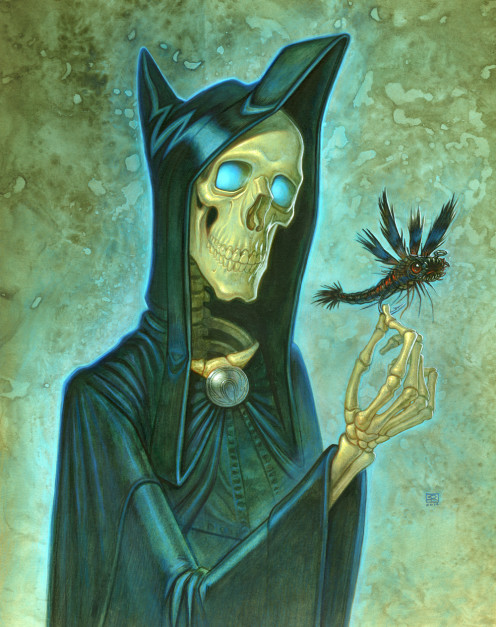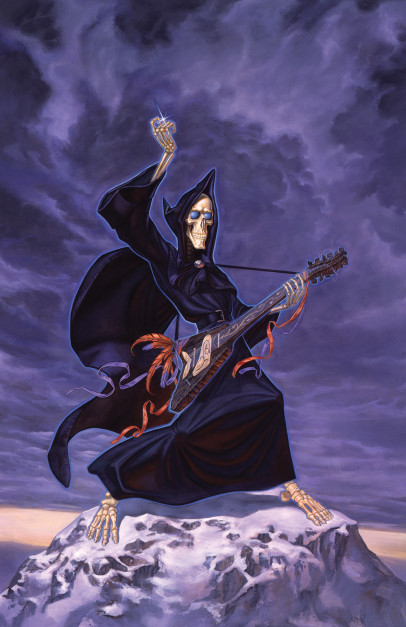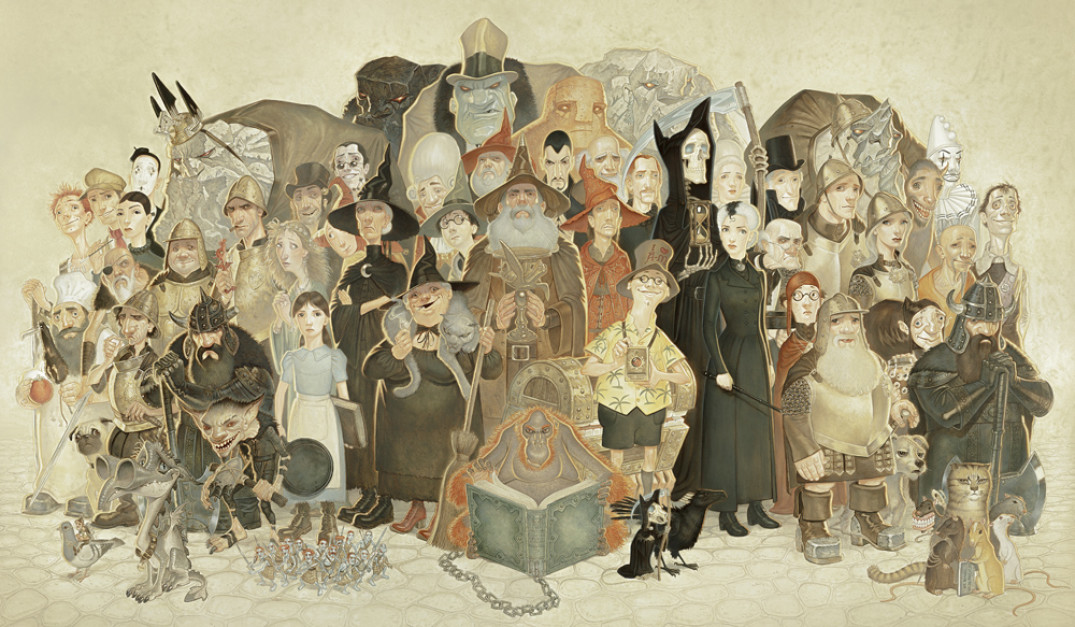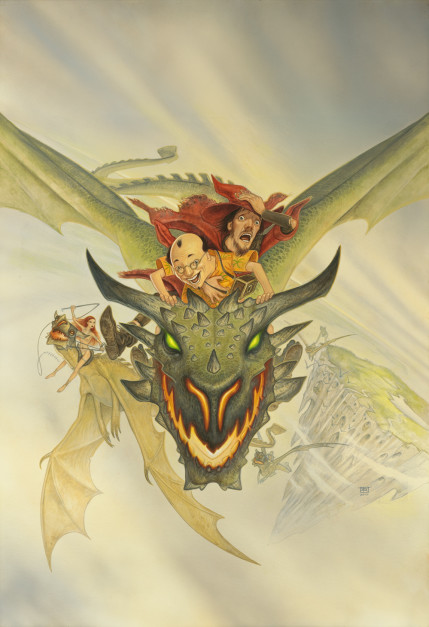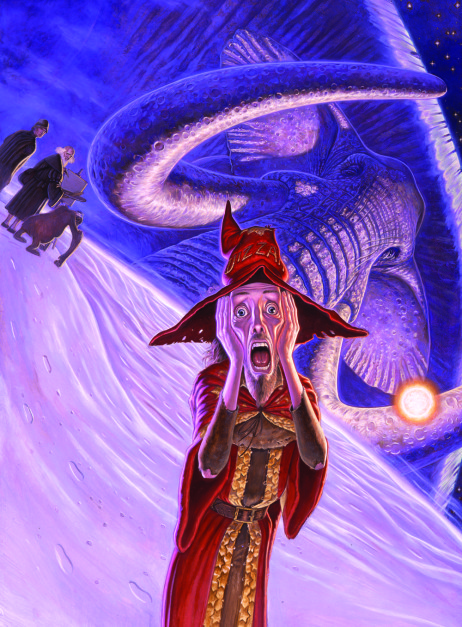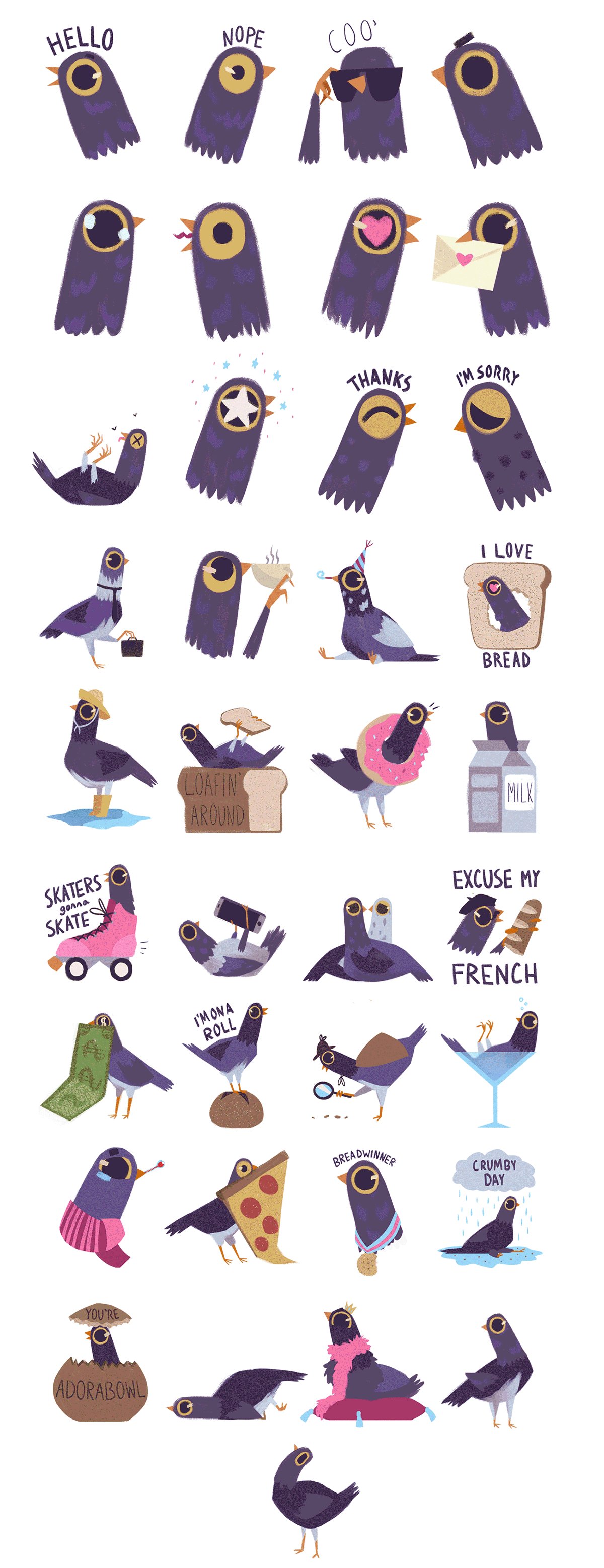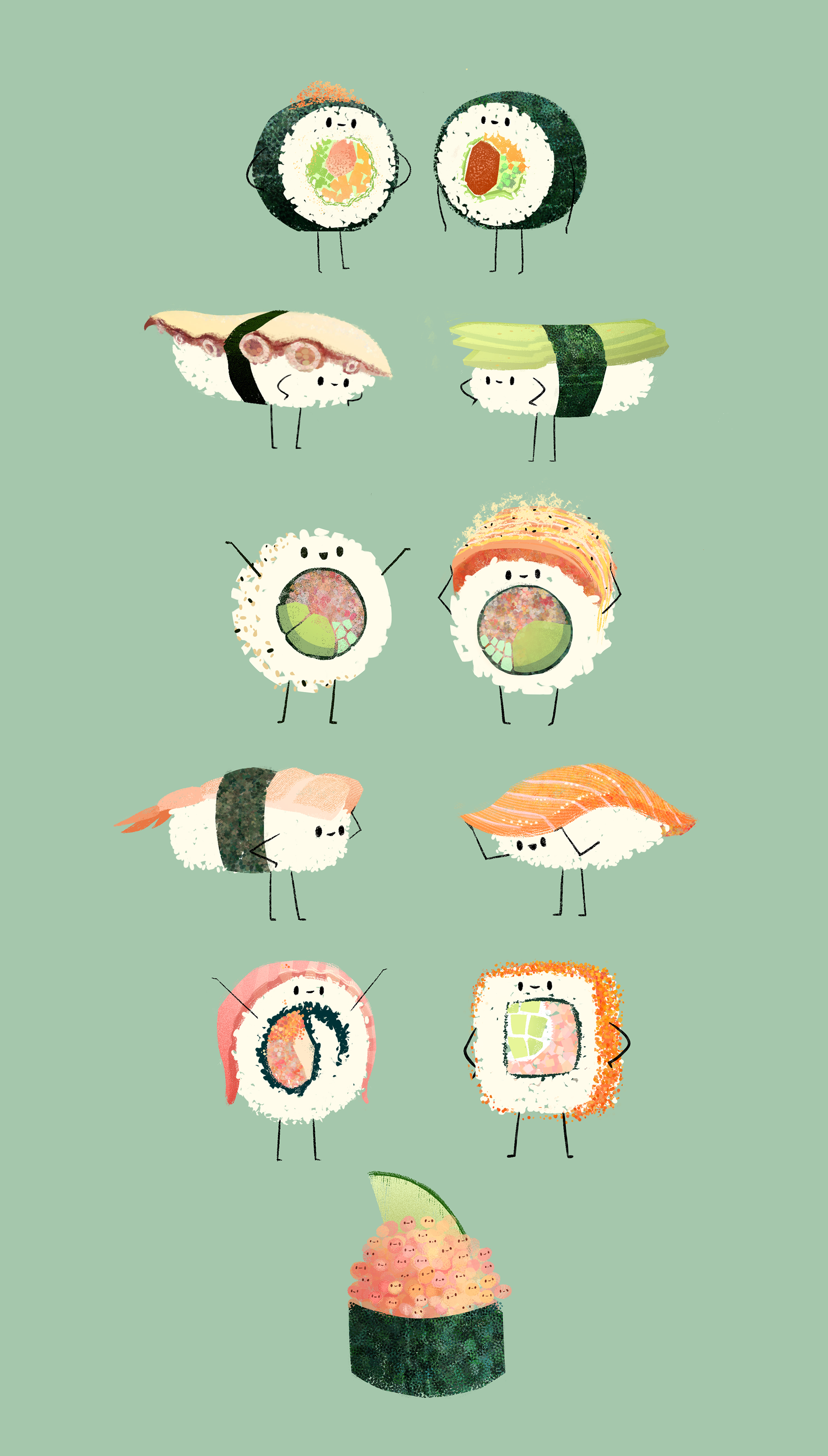#1: Graphic Design as Communication
This book written by Malcolm Barnard has been a really useful tool for analysing social media stickers and learning about the intricate methods you can implement within your design to help aid with communicating effectively. The book ranged over a host of different topics, talking about codes and signifiers, the importance of semiotics to highlighting the importance of design within today’s world.
The book has given me a foundational basis for analysing other design works and figuring out why/if they communicate effectively. I want my stickers to be effective and somewhat different so being able to see where others have triumphed and failed with the lens of graphic design as communication has been valuable.
#2: Sketch Books: The hidden art of designers, illustrators & creatives
This has been a useful resource for gaining inspiration and reassuring myself there is no wrong way to express your ideas. Being able to see into the sketchbooks of a bunch of different illustrators and designers from across the world has helped me visualise how I want to approach the project. Seeing all the different doodles and random questions written within their sketchbooks has helped me realise that you can develop a great idea from the most bizarre places.
#3: Traffic Signs
I wanted to look into examples of simple designs that communicate effectively and one of the best examples of this would have to be Traffic signs. By using simple shapes and colours Traffic signs communicate their meaning effectively by exploiting connotations of the colours they use as well as using simple icons of objects and people means the signs can be easily understood in a short amount of time and from a distance. Looking into traffic signs has driven home the importance of colours within design.
#4: Quan Inc Stickers
Quan Inc is a really useful example to have looked into, they have a host of 11 different sticker packs released already with thousands of downloads. I decided to analyse and contrast a few of their sticker packs to see any similarities between their sticker packs, to find out what works well with them and what doesn’t so when it comes to designing my stickers I’ll have a basis on what to do and what not to do.
I learnt a lot from their practices, they mainly utilised two strategies being a cute style and a weird style an example of this would be Business fish falling within the “weird” strategy and Yuttari dragon falling within the “cute” style. Potentially deciding on a strategy when designing my stickers could help improve their effectiveness.
#5: Social Media Stickers Survey
I produced a survey asking questions related to social media stickers, finding out what people prefer to use on social media (Stickers, Emojis, GIFs), how they use stickers in conversation, such as using them as reactions or greetings as well as finding out if they have downloaded a sticker pack from a movie or TV show they like. This information has been really valuable since I’m able to draw conclusions from the results and include them within my designs.
#6: Adi Draws
Looking at Adi Draws’ work has been really insightful, seeing his simple yet detailed illustrations has been inspiring and it’s a potential style I could use when designing my stickers, more importantly being able to see some of Adi’s interpretations for Terry Pratchett’s Discworld characters has been really insightful since he’s covering the same topic as I am for my major project.
#7: Thing Explainer: Complicated Stuff in Simple Words
I decided to take a look into Thing Explainer as it’s a good source of infographics, which is an area of graphic design that uses communication in a very specific way so I wanted to analyse them. Thing Explainer is a comedy book that attempts to explain complicated processes using simplistic terms. Looking into infographics helped give me an understanding of how I can use design to communicate.
#8: British Animation Awards 2018
I was fortunate enough to attend the 2018 British Animation Awards and was shown Programme 2. I wanted to go primarily to see different styles of animation and I wasn’t disappointed since we witnessed a host of different animation styles over the films we saw. It’s given me a better of idea of how to animate my stickers.
#9: Branded Stickers
I decided to take a look into some examples of branded stickers to see what other companies had done. They seemed to mostly be playing things on the safe side and seemed to mainly be references to the media they are representing. It’s been useful looking into them as it’s given me some potential ideas for designing my own social media stickers.
#10: Nautical Flags
Similarly to the reason why I looked into traffic signs, I wanted to look into Nautical flags as an example of communication in design. Unlike traffic signs which can be specific to countries and not necessarily international, due to the nature of Nautical flags they are international and can be understood by anyway with a conversion chart, regardless of the actual language they speak. Understanding that can potentially lead to a more wide appeal with my stickers.





